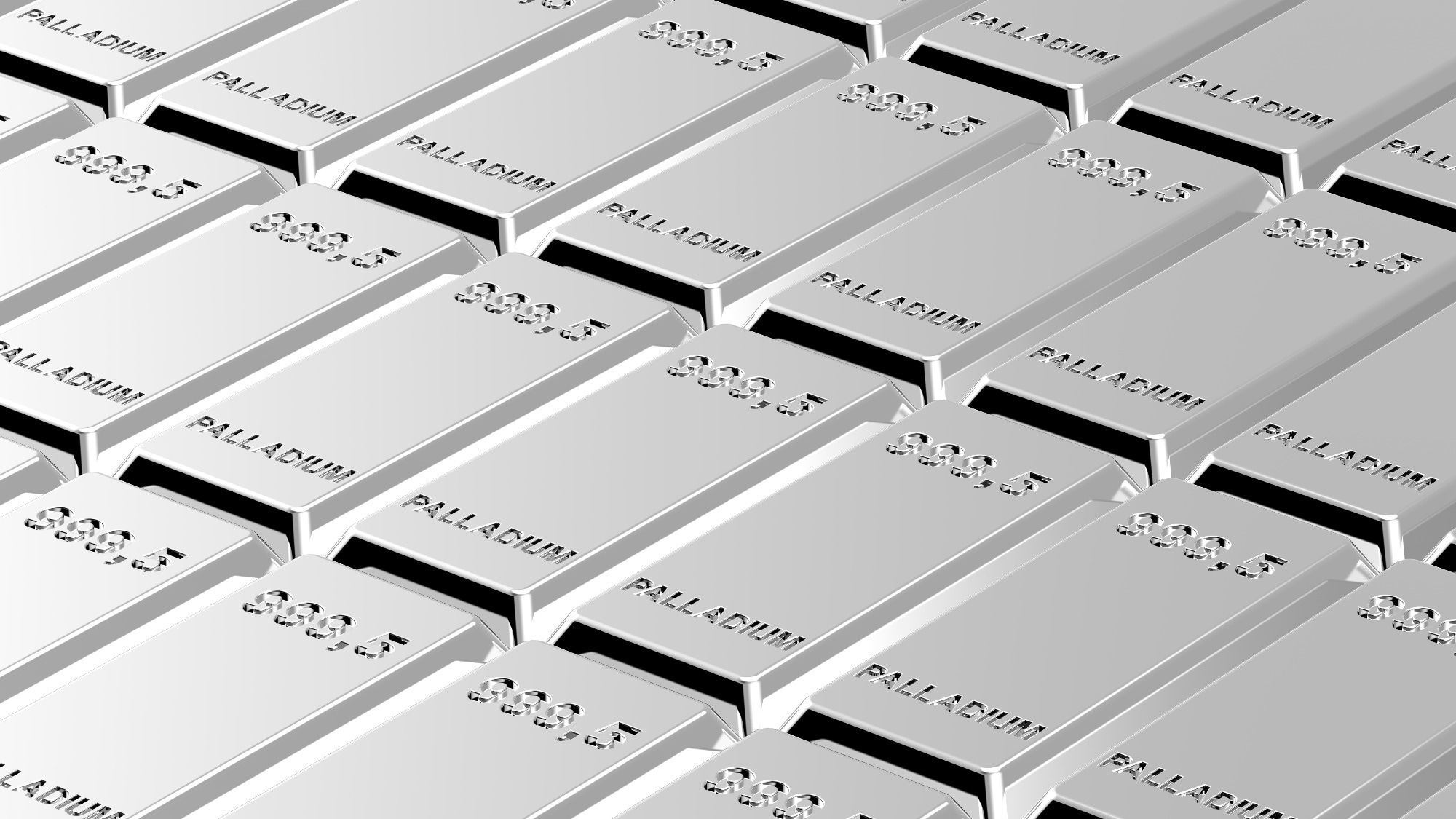Beckman Institute for Advanced Science and Technology scientists have identified a novel nanoparticle composed of palladium and hydrogen. This research has been published in the Journal of the American Chemical Society.

Image Credit: Beckman Institute for Advanced Science and Technology
Palladium, a scarce metal with physical properties similar to platinum, is highly regarded in the energy industry for its roles in hydrogen storage and catalytic converters.
The creation of new phases of material can have broad implications, both practically and for fundamental science. Fundamentally, we start understanding how electrochemistry can affect the way these unusual nanoparticles are formed. In the long term, these particles may have unique properties due to their structure and composition, leading to new reactions or unique materials properties.
Xiao Su, Lead Investigator, Researcher and Professor, Chemical and Biomolecular Engineering, University of Illinois Urbana-Champaign
Palladium hydride nanoparticles are generally arranged in a symmetrical cubic structure, with palladium atoms positioned at each corner and the centers of all six faces. In contrast, the newly discovered nanoparticle exhibits a triclinic structure, considered the least symmetrical of all crystal systems.
The Beckman researchers introduced electrons into a solution of palladium ions and water to synthesize this distinctive nanoparticle. The negative charge of the electrons attracted positive hydrogen atoms from the water, enabling their release and subsequent bonding with palladium. This method contrasts with previous studies that employ a microscopic electron beam to split water molecules through a process known as radiolysis.
According to the researchers, this novel technique could have practical applications in developing new materials.
While conventional palladium hydride gradually loses its hydrogen once exposed to air, these unusual nanoparticles retain hydrogen atoms in a hydrogen-deficient environment. This unique feature lets us envision the possibility of synthesis and use of other unusual metal-nonmetal compound materials in various applications.
Jaeyoung Hong, Study Lead Author and Graduate Student, University of Illinois Urbana-Champaign
Journal Reference:
Hong, J., and Su, X. (2024) Electrosynthesis of Unusual Nonfcc Palladium Hydride Nanoparticles. Journal of the American Chemical Society. doi.org/10.1021/jacs.4c04826.